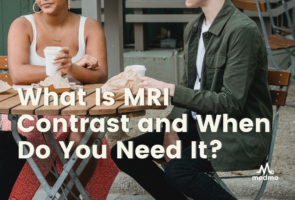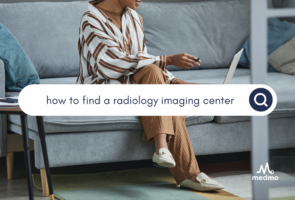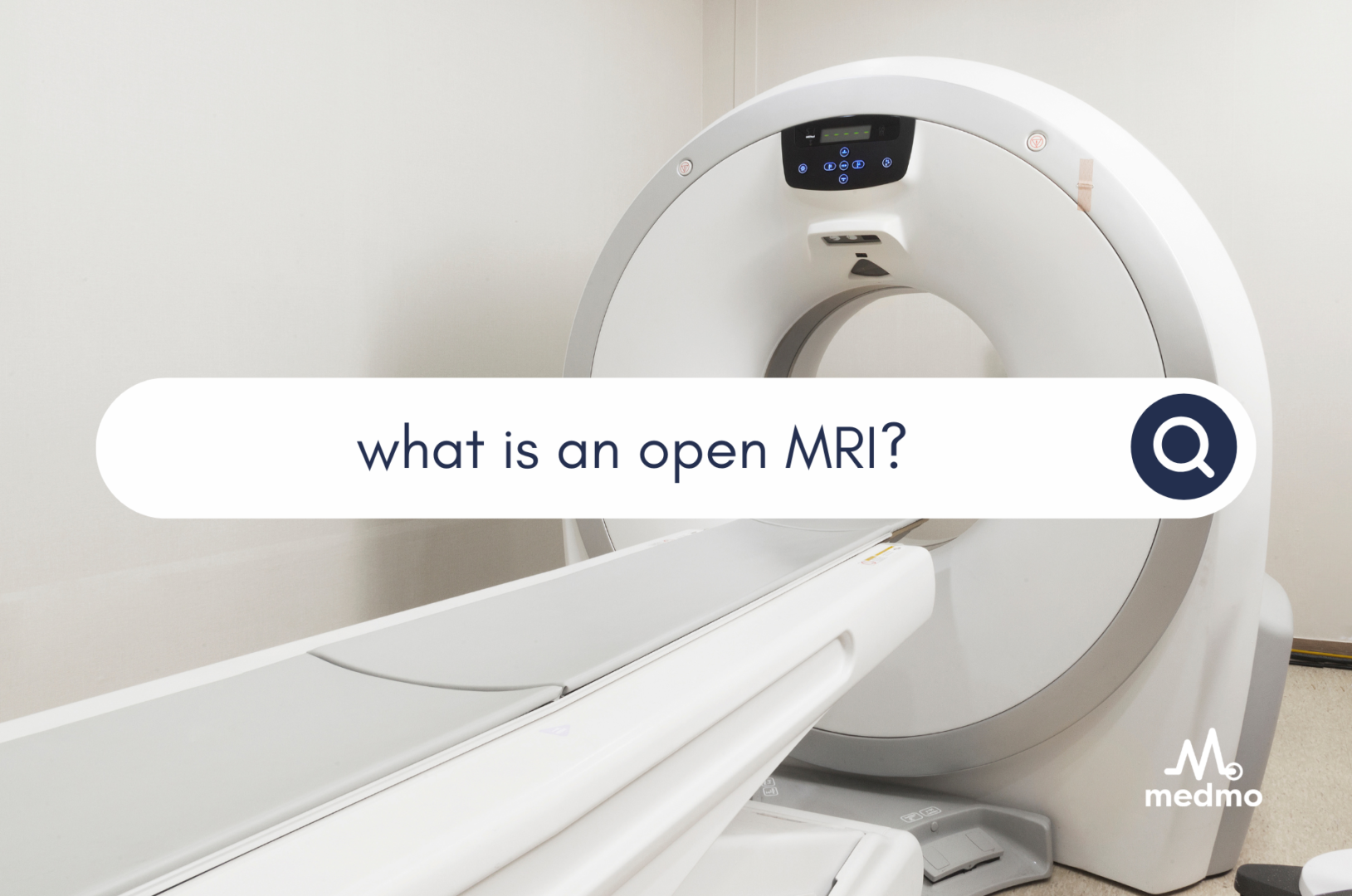
What is an Open MRI?
Magnetic resonance imaging (MRI) has revolutionized modern medical imaging, but laying in the scanner isn’t exactly fun. In fact, if you suffer from claustrophobia, it may feel downright unbearable. To complete the scan, many people either take a sedative or find a center that offers an open MRI.
Before tackling open MRI, let’s first review what it’s like in a conventional (“closed”) MRI. When you arrive for a scan, you lay down on a bed, and a technologist places a small, cage-like structure known as a coil around whatever body part is being scanned.
Feeling claustrophobic yet? Next, the bed slides into a tube, known as bore, that contains the magnet. The part of your body being scanned has to be all the way inside the bore. So, if you’re getting a scan of your chest or belly, you’ll be pretty far in there:
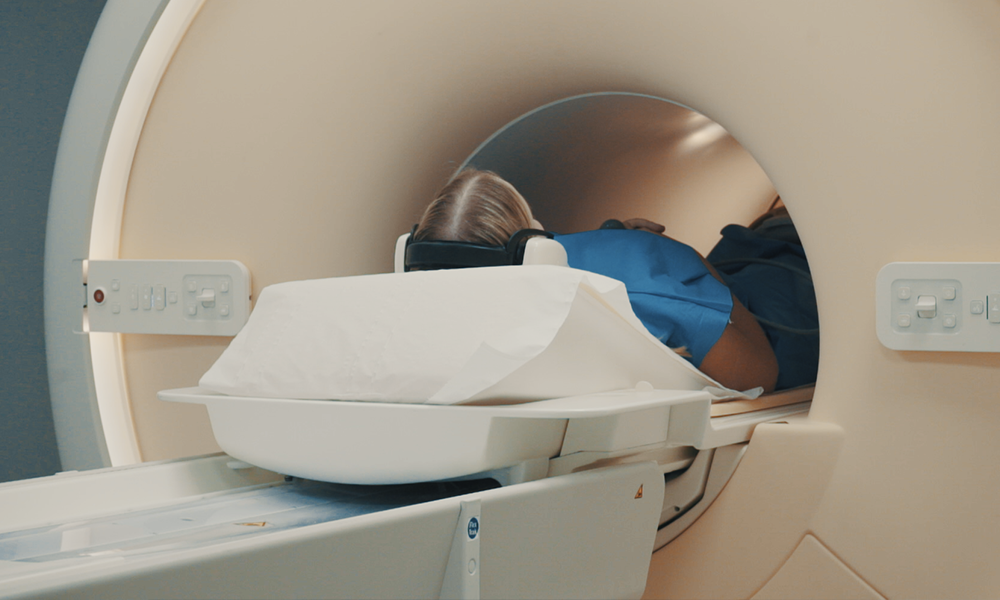
The scan lasts about 20-40 minutes. Most people just close their eyes and go to their zen place. If looking at the above pictures makes your palms sweat, however, a conventional MRI may feel more claustrophobic.
Open MRIs were designed to provide more space so that claustrophobic patients feel more comfortable. There are two main open MRI designs. The first is the donut, which consists of two round areas separated by a space:
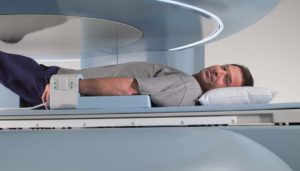
The second open MRI design is called the stand-up, which is sort of a misnomer because you can either stand or sit during your scan:
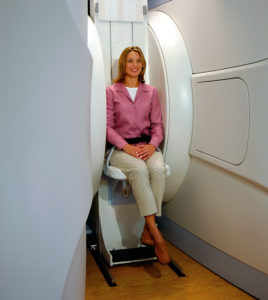
As the photos demonstrate, both design types still require the use of coils, but they provide significantly more room. The stand-up MRI can also scan your body in specific positions – which may be helpful if, for example, you have back pain that only occurs while standing.
So why don’t all modern MRIs have an open design? Surely, no one actually likes being in a tight space, right?
The major downside of open MRI is that the magnet is almost always weaker, producing lower-quality pictures. MRI magnet strength is measured in Tesla, or T (in honor of the scientist, not the car company).
Most conventional (“closed”) MRIs have magnets between 1T and 2T. In the past, most open MRIs had magnets that were weaker than 1T. In fact, 0.3T magnets were the most common. Newer open MRIs have 1T or greater magnet strength, but the machines are not available in many locations.
So, unless you’re really claustrophobic, a conventional MRI is still a better bet. You’re more likely to get a stronger magnet and higher-quality pictures. If you’re really unable to tolerate small spaces, you can search for open MRIs in your area, favoring a higher magnet strength when available.
To book a scan, visit us at Medmo.com. Medmo helps people schedule radiology imaging tests – such as MRI, CT scans, PET, and more – at nearby accredited centers and identify the payment solution that works best for them.
Ready to get started?
Here’s what you’ll need to schedule an appointment
1. Imaging referral / prescription
2. Your contact information
3. Insurance OR card information
